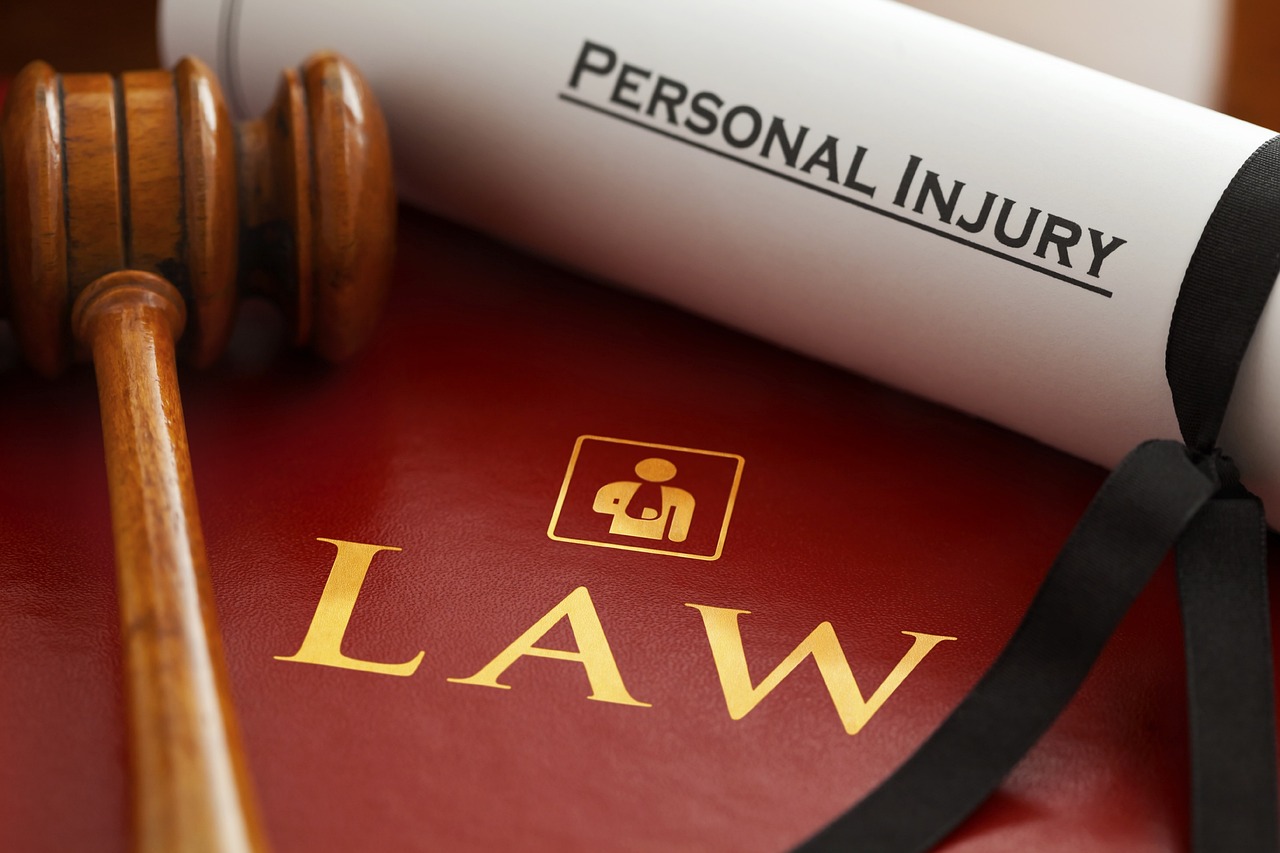Contents of this Post
ToggleNavigating the workplace shouldn’t feel like walking a tightrope. Your safety at work is paramount, and it’s crucial that you’re aware of your legal protections against injuries.
In this article, we’ll unravel these safeguards to help you understand what they mean for you. We’ll delve into laws, claims, compensation, and preventative measures that shield you from harm’s way.
You don’t have to teeter on the edge; let’s explore how the law has got your back.

Understanding the concept of workplace safety
It’s crucial to understand the concept of workplace safety, as it directly affects employees’ wellbeing and productivity. It’s about implementing measures that prevent accidents and injuries on the job. You should know that a safe environment encourages your staff to perform at their best, knowing they’re protected.
Workplace safety isn’t limited to physical security. It also includes psychological safety, ensuring you’re fostering a non-hostile work environment free from harassment or discrimination. As an employee, it’s important for you to understand these aspects and be able to identify if your rights are being compromised.
There are laws in place designed specifically for workplace protection. These laws ensure employers fulfill their responsibilities regarding worker safety. They include providing appropriate training, wearing protective gear if necessary, and adhering to standard procedures when handling hazardous materials or processes.
You’ll also find it essential to understand the consequences of neglecting workplace safety, which can range from minor penalties like fines up to severe ones such as the closure of business operations.
Importance of legal protections for employees
Employees’ rights shouldn’t be overlooked since they serve as a safety net in case of unforeseen incidents at work. These legal protections are essential because they provide coverage for medical expenses, lost wages, and even compensation for any permanent disability.
Understanding these laws is crucial for you to know what benefits you’re entitled to should an injury occur. Let’s consider some key aspects:
- Workers’ Compensation: This insurance provides wage replacement and medical benefits to employees injured during the course of employment.
- Occupational Safety and Health Act (OSHA): It ensures safe and healthful working conditions by enforcing standards and providing training, outreach, education, and assistance.
- Family and Medical Leave Act (FMLA): This law enables workers to take unpaid leave for specific family or medical reasons without losing their job security.
- The Americans with Disabilities Act (ADA) prohibits discrimination against people with disabilities in several areas, including employment.
Remember that protection doesn’t stop at prevention; it extends to ensuring your wellbeing post-injury. That’s why being aware of these protective measures is paramount.
In the next section, we’ll delve deeper into ‘laws governing workplace injuries’, detailing how each one operates within different scenarios.
Laws Governing Workplace Injuries
Navigating the complex landscape of workplace injury laws is crucial to assert the rights of injured workers effectively.
Two pivotal pieces of legislation that demand your attention are the Occupational Safety and Health Act (OSHA) and Workers’ Compensation laws.
OSHA is instrumental in ensuring that your workplace maintains a safe and healthy environment. Employers are obligated to provide these conditions, adhering to specific standards such as furnishing protective equipment and conducting regular safety inspections. In the unfortunate event that these standards are not met and you sustain an injury, you possess the right to file a complaint with OSHA.
Workers’ compensation laws are designed to safeguard the rights of injured workers. In the event of a workplace injury, regardless of fault, you are entitled to benefits. These benefits can encompass medical expenses and wage loss compensation, provided the incident is reported promptly.
Understanding not only the existence but also the functioning of these laws within your workplace is paramount. This knowledge not only serves to protect your health but also ensures that potential legal recourse is not hindered by ignorance.
Now, let’s delve deeper into ‘claims and compensation: a detailed look’.
Claims and Compensation: A Detailed Look
Understanding how to properly file claims and what you’re entitled to in compensation is a critical aspect of handling workplace injuries. It’s not just about knowing your rights; it’s also about acting promptly and appropriately so that you don’t lose out on any potential benefits.
To help you navigate this complex process, here are some key steps to follow:
- Immediately report the incident. Inform your supervisor as soon as possible. This helps establish a record of the incident and initiate necessary investigations.
- Seek medical attention; it’s essential for your health and the strength of your claim. Seek one of the best workers comp doctors to assess, treat, and document your injuries for smoother claim processing.
- Document everything: Keep track of all related paperwork, from doctor’s notes to communication with your employer.
- Consult with an attorney. They can guide you through intricate legal processes, ensuring you get fair compensation.
Remember, it’s important that you understand these steps because they directly impact the outcome of your claim. Each step plays a vital role in establishing credibility and evidence for your workplace injury claim, thereby increasing your chances of receiving comprehensive compensation.
Take charge now: understanding how to properly file claims doesn’t just benefit you today; it also sets the foundation for future security.
Preventive Measures and Safety Regulations

You’re better off knowing the preventive measures and safety regulations that can help reduce the risk of accidents at your job. Knowledge is power, and when it comes to workplace safety, being well-informed about protocols can be a lifesaver.
Firstly, familiarize yourself with the Occupational Safety and Health Administration’s (OSHA) guidelines. They’re specifically designed to prevent workplace injuries. These guidelines cover everything from the proper handling of hazardous materials to the correct use of personal protective equipment (PPE). Don’t just skim through them; take time to understand each point thoroughly.
Choose the right PPE for the specific task, ensure a proper fit, and inspect for damage before use. Follow a designated sequence for putting on and taking off PPE to minimize contamination. Pay attention to specific gloves, eye protection, masks, and other equipment guidelines. Regularly clean and maintain PPE, replace damaged or worn-out items, and communicate the importance of adherence to safety protocols. Training and familiarity with equipment limitations are essential for a safe working environment.
Secondly, follow all company-specific safety procedures diligently. Your employer should provide training on these procedures as part of your induction. If you’re unsure about any procedure or feel it’s inadequate, don’t hesitate to raise concerns with your supervisor or human resources department.
Understanding and complying with a company’s standard operating procedures (SOPs) for safety is crucial for various reasons. It prioritizes employee safety, ensures legal compliance, reduces risks, maintains consistency, prepares for emergencies, enhances efficiency, aids in employee training, promotes equipment maintenance, supports continuous improvement, and contributes to a positive organizational reputation.
Finally, always maintain situational awareness in your work environment. Be mindful of potential hazards, such as wet floors or unsecured equipment. Avoid distractions like using a smartphone while operating machinery or walking in high-traffic areas.
Remember, prevention is always better than cure. Protecting yourself begins by understanding and implementing the right safety measures at work.
Case Studies: Legal Protections in Action
Let’s now delve into some real-life examples where safety regulations have been successfully implemented and enforced. These scenarios offer a glimpse of how legal protections can effectively safeguard employees against injuries in the workplace.
- In the construction industry, strict adherence to safety measures has significantly reduced on-site accidents. Companies are no longer compromising safety for speed but rather incorporating protective gear usage, regular site inspections, and employee training as standard practice.
- Factories across various sectors have also seen improvements. Regular safety audits, machine guard implementation, and hazardous materials handling protocols are taken very seriously.
- The healthcare sector is another great example. There’s been an increased focus on preventing needlestick injuries and ensuring proper sanitation practices to keep health workers safe.
- Even in a seemingly harmless office environment, ergonomic interventions like adjustable chairs and desks have helped prevent musculoskeletal disorders among office workers.
Despite these successes, it’s essential for you, as an employee or employer, to understand that safety regulations need continuous improvement and enforcement. They’re not one-time solutions but ongoing efforts that require everyone’s commitment to maintaining a safe working environment.
Additionally, navigating the statute of limitations in workers’ compensation involves employees promptly reporting work-related injuries, seeking medical attention, and filing claims within specified timeframes. Employers should communicate reporting procedures, provide timely medical care, and cooperate with the claims process. Both parties must be aware of jurisdiction-specific statutes to avoid losing legal rights. Seeking legal advice early can be beneficial in cases of uncertainty or disputes.
Conclusion
In sum, you’ve seen the significance of workplace safety and legal protections. These laws aren’t just rules; they’re safeguards for your well-being at work.
If injured, know your rights to claim compensation.
Always remember that prevention is key; adhere to safety regulations.
As illustrated by case studies, these protections truly matter in real-life situations.
So delve deeper and understand these legalities; they’re not just theoretical but profoundly impactful on your work life.
